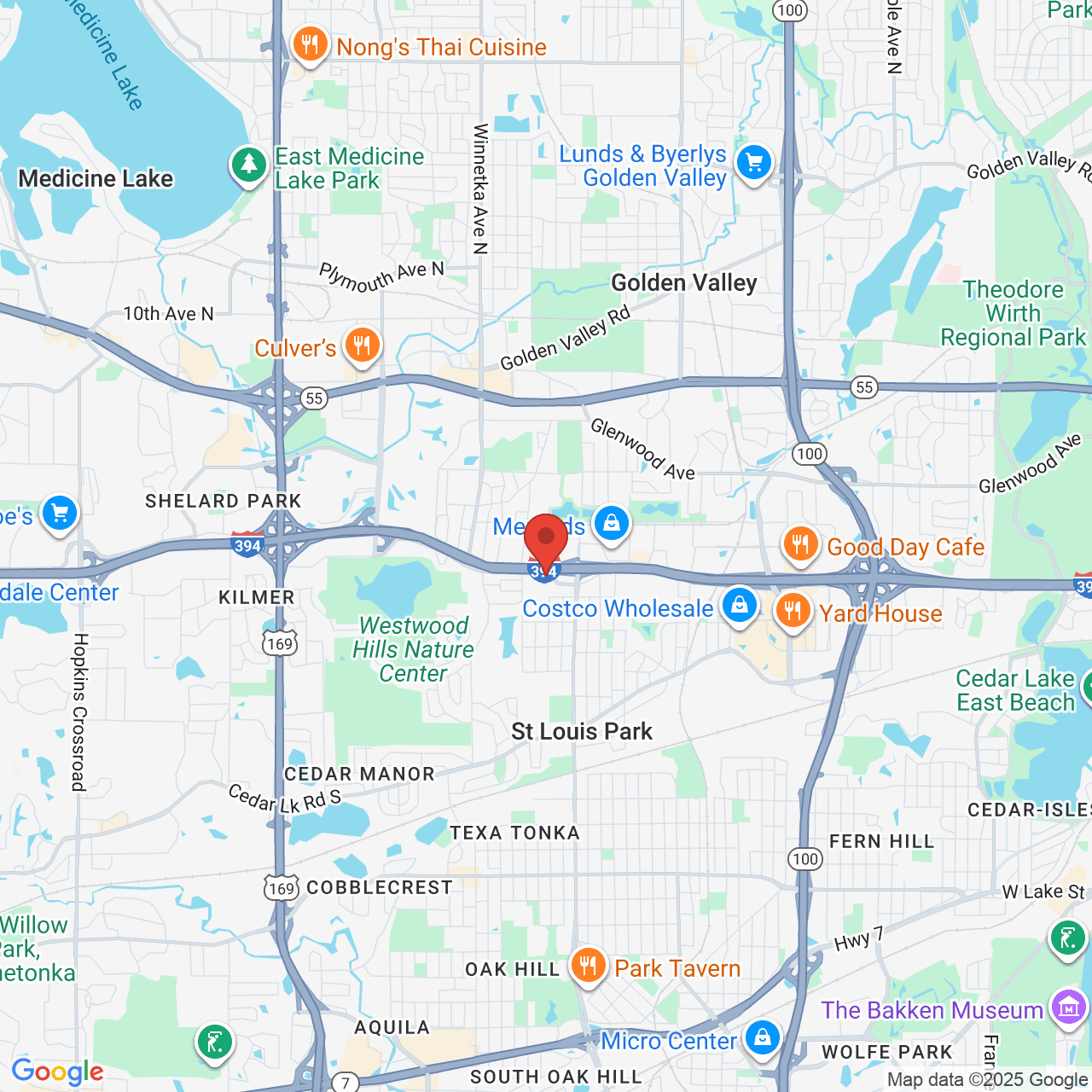Revision Surgery for Breast Implant Rippling
 Breast augmentation and similar implant procedures can provide outstanding aesthetic enhancements, but even the most successful surgeries are prone to side effects. One such possible effect is called rippling, in which the implant’s shell creates small but visible contours in the skin. While rippling poses no health risks, it can certainly detract from the long-term results of an otherwise satisfying procedure. If you are interested in reversing these negative effects and improving the look of your implants, a revision surgery at our Minneapolis practice can help.
Breast augmentation and similar implant procedures can provide outstanding aesthetic enhancements, but even the most successful surgeries are prone to side effects. One such possible effect is called rippling, in which the implant’s shell creates small but visible contours in the skin. While rippling poses no health risks, it can certainly detract from the long-term results of an otherwise satisfying procedure. If you are interested in reversing these negative effects and improving the look of your implants, a revision surgery at our Minneapolis practice can help.
What Is Breast Implant Rippling?
After receiving implants, it is possible for uneven folds to appear in the skin surrounding an implant, usually toward the bottom or sides. This problem is purely cosmetic, as tissue and skin are prone to shift slightly from the underlying implant. Although many implants may result in rippling at some point, some factors create more pronounced or prolonged ripples, leading to the need for correction by surgical revision.
What Causes Rippling?
Sometimes, rippling is simply caused by shifts in weight and position; this can even occur in breasts without implants. More often, though, rippling is caused by inadequate tissue between the outer layer of skin and the implant shell. This is particularly prevalent in women who have little upper body fat. Additional factors that increase the chances of rippling include:
- Saline-filled implants
- Subglandular implants (placed over the pectoral muscles)
- Weight loss
- Textured implants
- Underfilled implants
How Can Revision Surgery Help?
Depending on the cause of rippling and type of implants, different methods may be utilized to create smoother, fuller contours. After discussing the problem with your doctor, a revision surgery may employ one or more of the following procedures:
- Change in implant type: If you have saline implants, silicone can reduce the chances and prevalence of rippling. If you are already using silicone implants, a non-textured and/or teardrop implant shell may provide better aesthetic results.
- Change in implant profile: Profile refers to the amount an implant protrudes horizontally from the chest. Generally, higher profile implants fill out the areas in which rippling occurs, thus lessening it.
- Change in implant location: Implants are located in one of two places within the breasts: above or below the pectoral muscle. Implants that rest over the muscle, in the subglandular position, are more likely to produce rippling due to their proximity beneath the skin. By placing implants under the muscle, in the subpectoral position, more tissue covers the implant to prevent skin irregularities.
- Increasing implant volume: Implants come with a recommended range to which they should be filled. If an implant is not already at its maximum capacity, a surgeon can increase its volume within reason.
- Artificial tissue enhancement: An acellular dermal matrix (ADM) can be used to enhance the thickness of breast tissue, creating more padding between the implant and skin. While ADM materials are commonly used for full breast reconstructions, smaller amounts can be used to promote cell growth in a specific region, covering implants and reducing rippling.
With one or more of these revision techniques, you can eliminate cosmetic flaws and enjoy the full benefits of your implants for years. As with any plastic surgery, you and your surgeon should determine the appropriate procedure for you.
Is Revision Surgery Right for You?
Even with a skilled surgeon and successful implant procedure, all results are subject to eventual drawbacks, cosmetic or otherwise. To counter these problems and make the most of your treatment, consider revision surgery by an experienced and knowledgeable doctor. Contact us to schedule a consultation with Dr. Mesna, and learn how you can personally benefit from his expertise.








